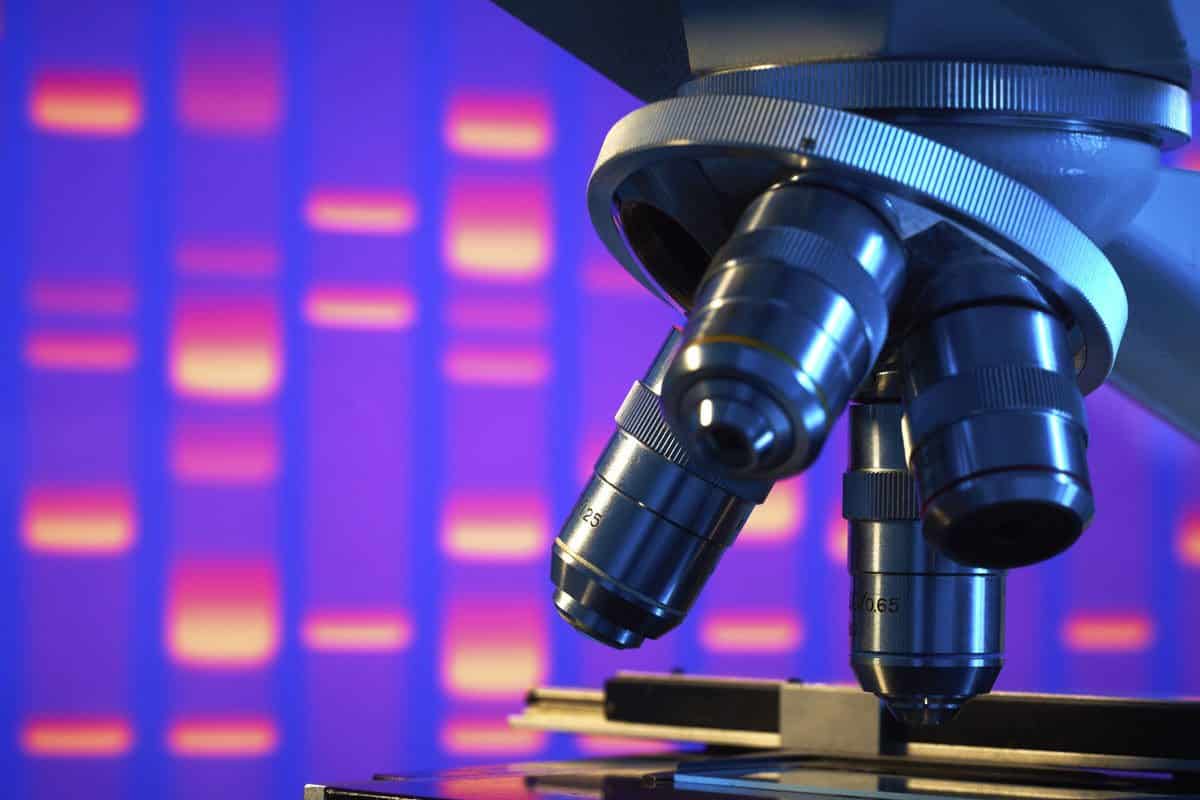LMU Chemist Reports DNA Stand-in Capable of Outwitting Viruses
Numerous essential biomolecular processes require the recognition of DNA surface features by proteins. Molecules mimicking these features could potentially act as decoys and interfere with pharmacologically or therapeutically relevant protein–DNA interactions.
Although naturally occurring DNA-mimicking proteins have been described, synthetic tunable molecules that mimic the charge surface of double-stranded DNA are not known.
However, Ludwig-Maximilians-Universitaet (LMU) Chemist Ivan Huc along with his team has managed to synthesize an artificial DNA sequence that can mimic its biological counterpart, take on its functions and even successfully compete with it.
Unlike naturally occurring, DNA-mimicking proteins, the synthetic foldamers designed by Dr. Huc and colleagues can be easily tuned. Besides allowing experimenters to imitate the shape of natural DNA, these foldamers can be adjusted to present certain distributions of negative charge.
In the current study, foldamers imitated DNA so convincingly that they acted as a decoy for two DNA-binding enzymes, including the HIV integrase, which readily bind to it and are essentially inactivated.

The study builds on advances described in two previous publications in Nature Chemistry already published this year. In the first of these papers, Huc and his colleagues developed a pattern of binding interactions required to enable synthetic molecules to assume stable forms similar to the helical backbones of proteins.
In the second, they worked out the conditions required to allow their synthetic helix to be appended to natural proteins during synthesis by cellular ribosomes. “As always in biology, shape determines function,” he explains.
However, the crucial question is whether or not the foldamer can effectively compete for the enzymes in the presence of their normal DNA substrate. “If the enzymes still bind to the foldamer under competitive conditions, then the mimic must be a better binder than the natural DNA itself,” Huc says. And indeed, the study demonstrates that the HIV integrase binds more strongly to the foldamer than to natural DNA. “Furthermore, although initially designed to resemble DNA, the foldamer owes its most useful and valuable properties to the features that differentiate it from DNA,” Huc points out.























